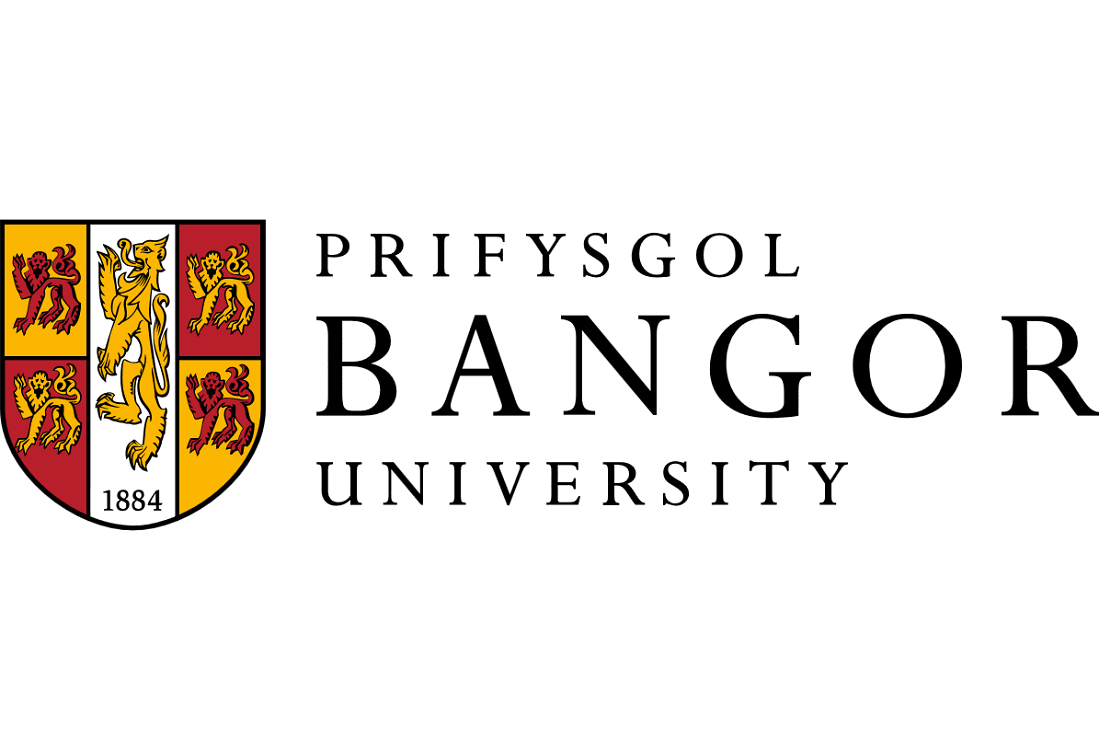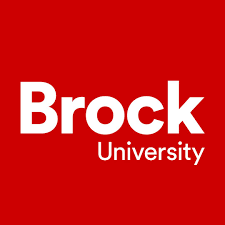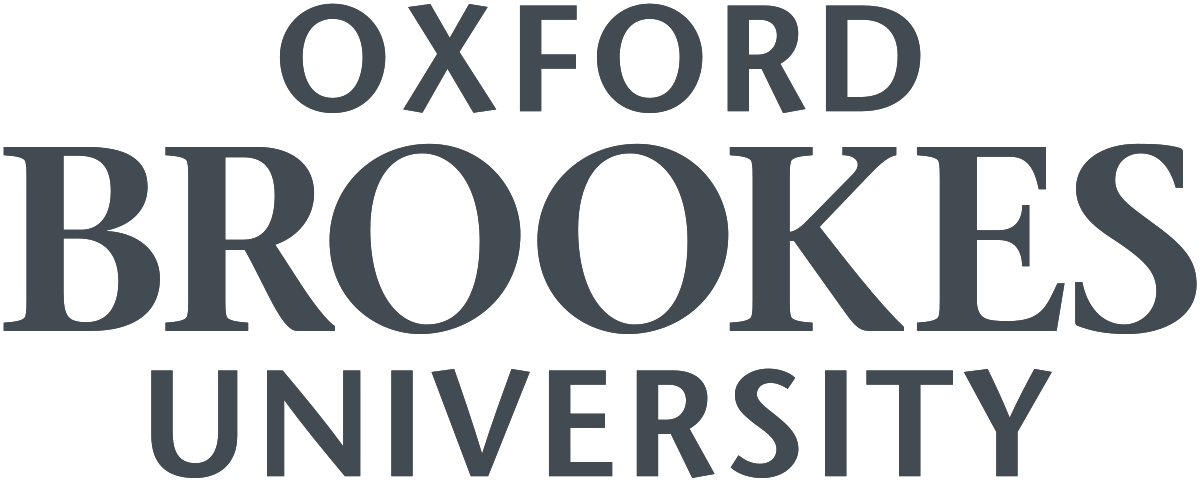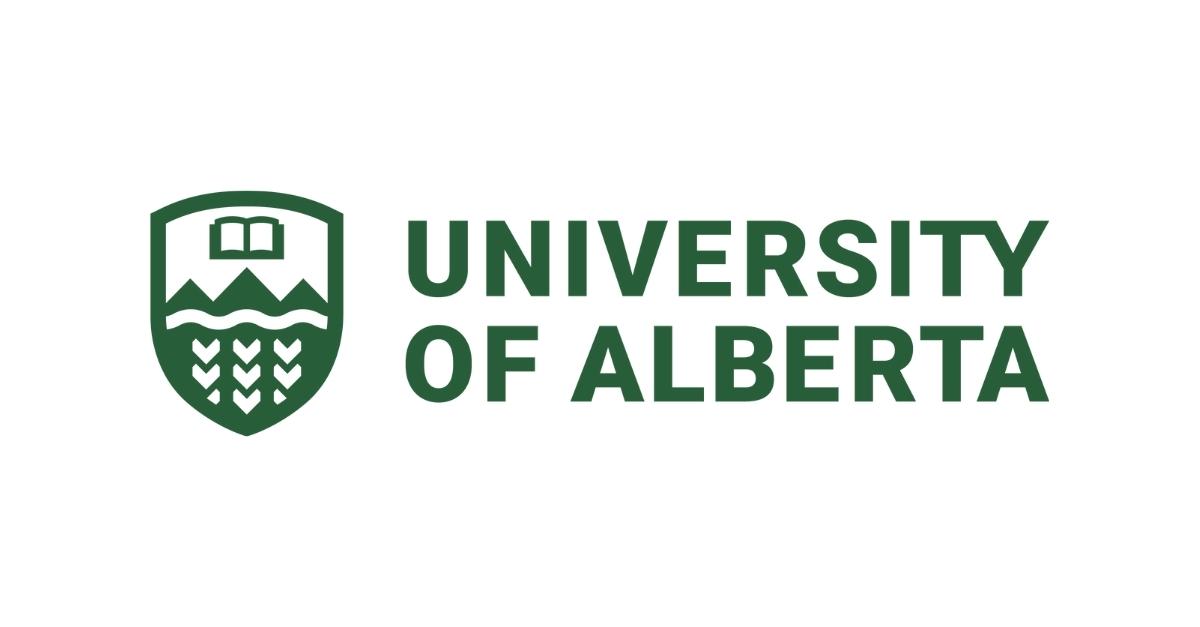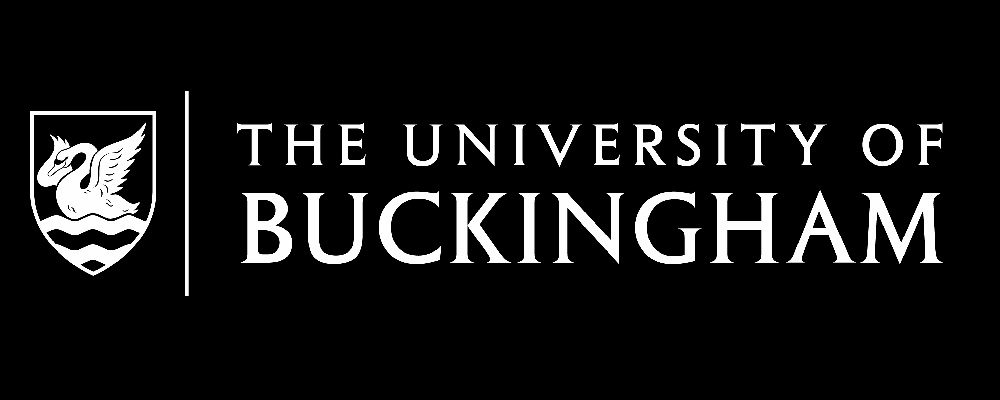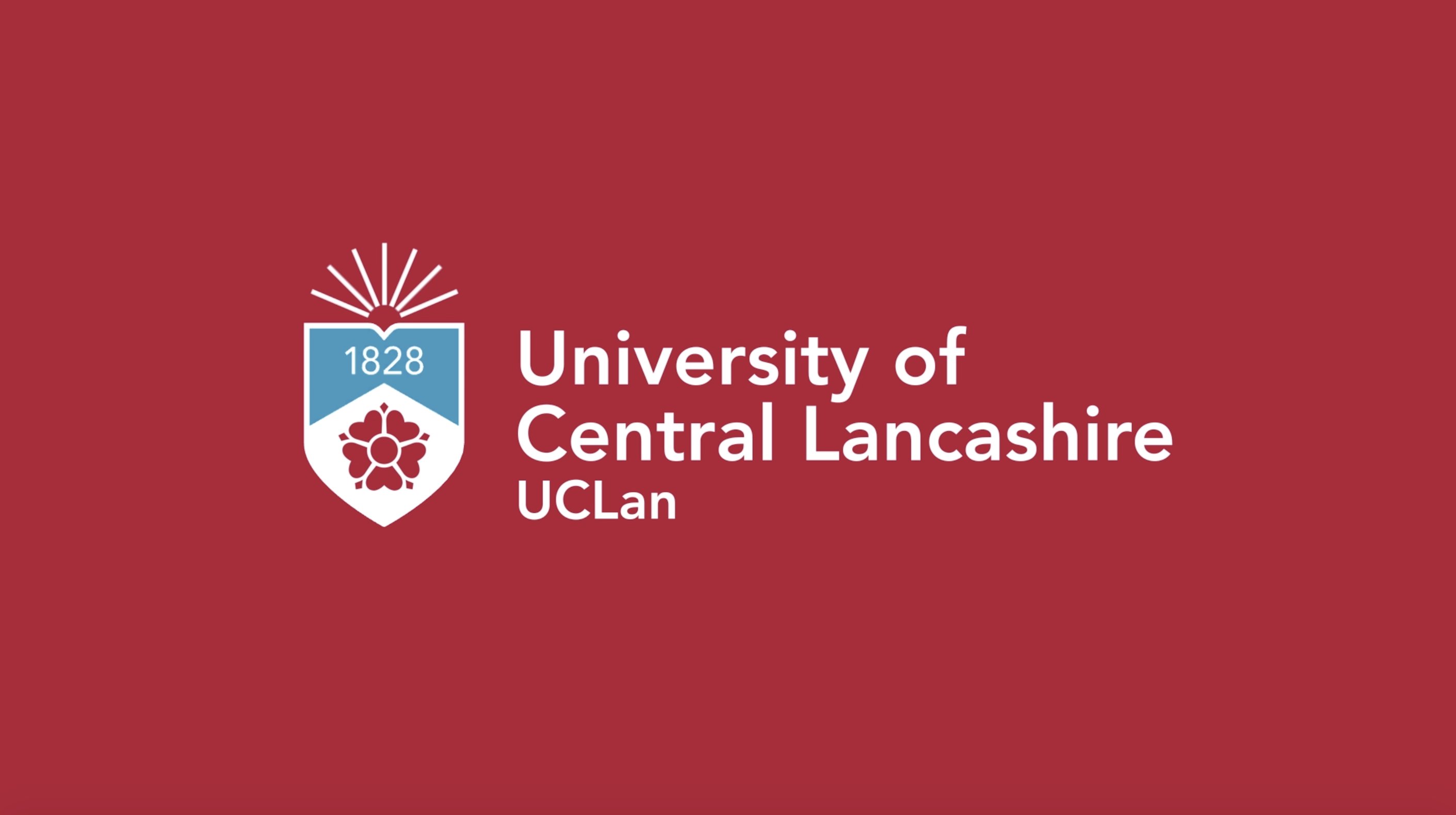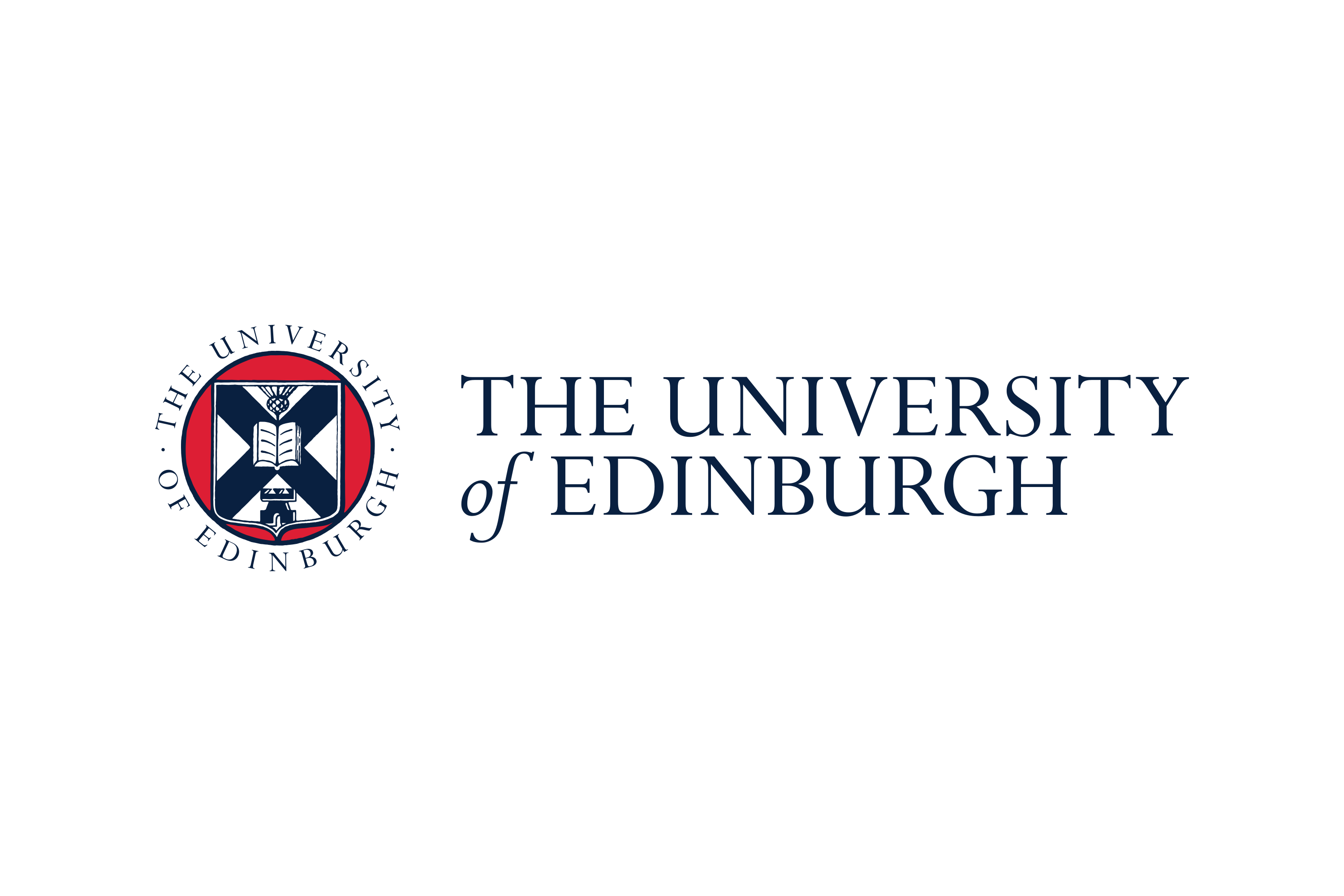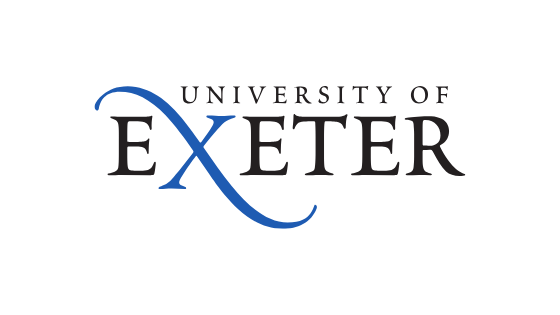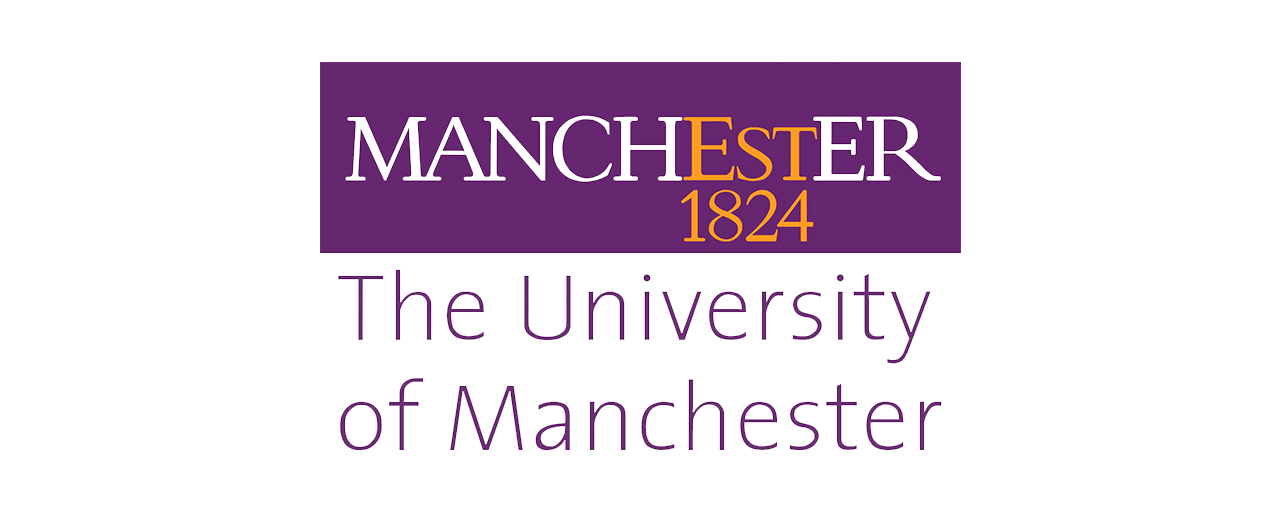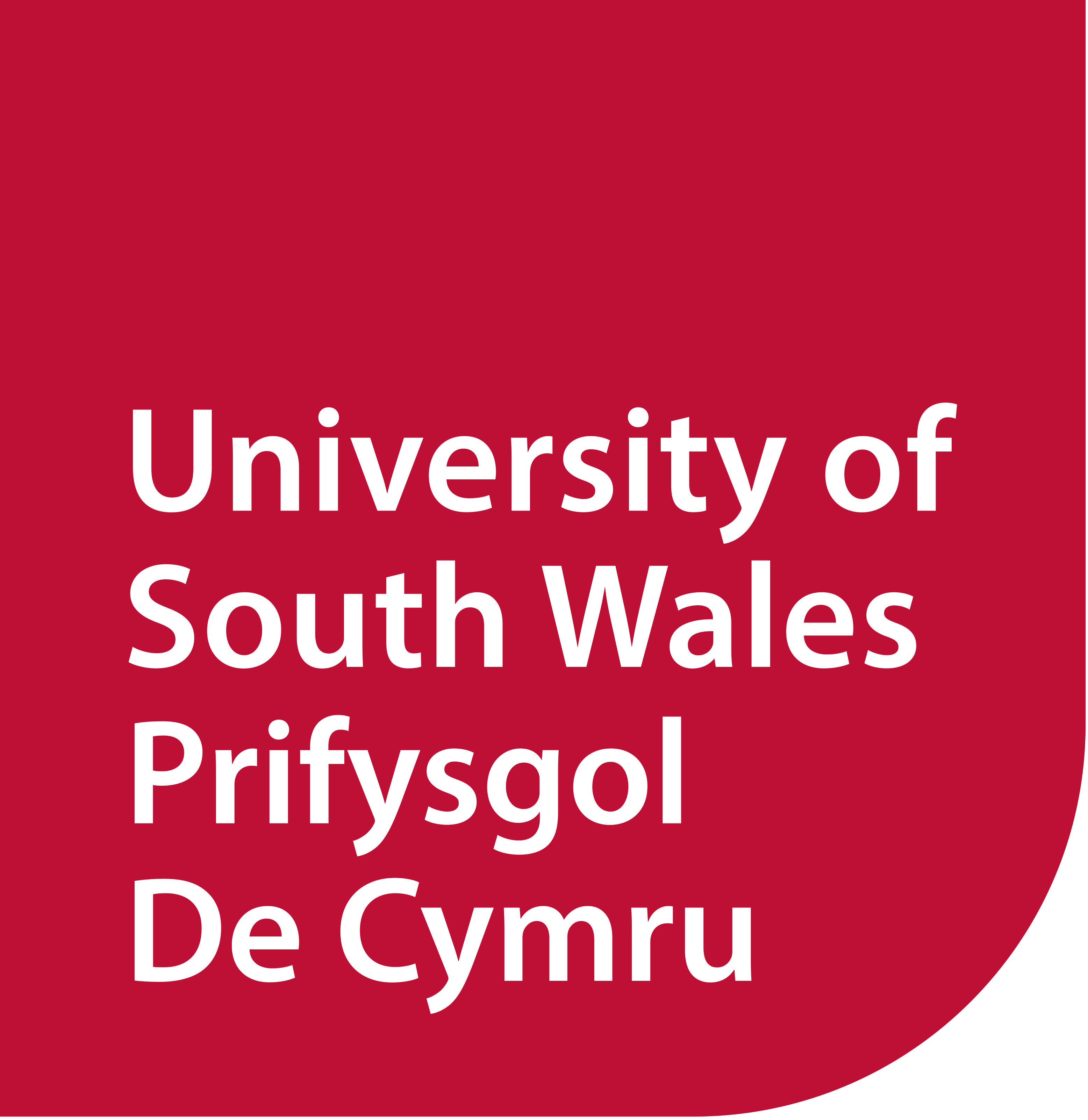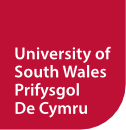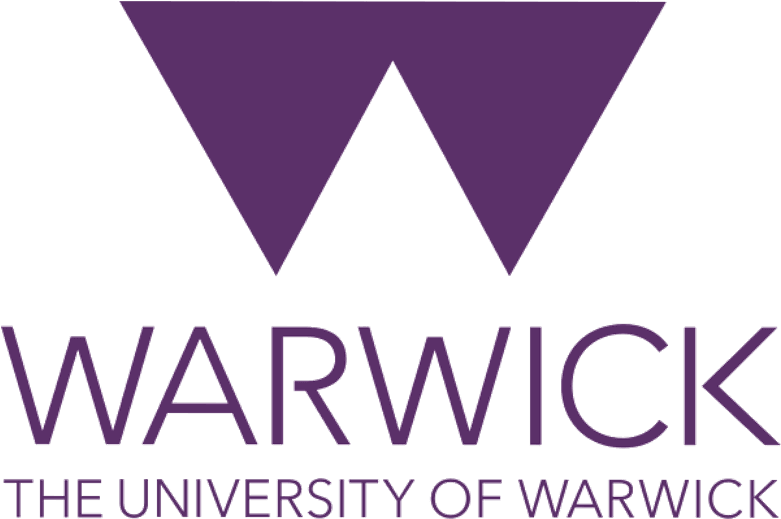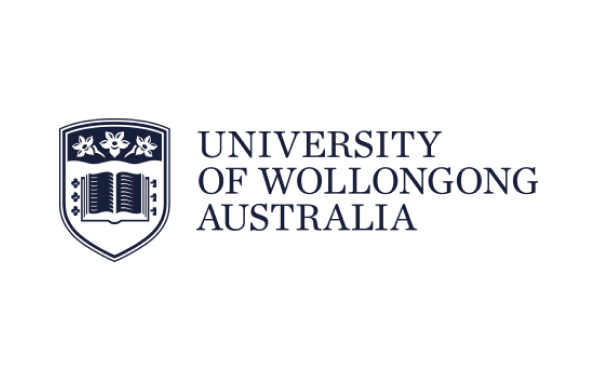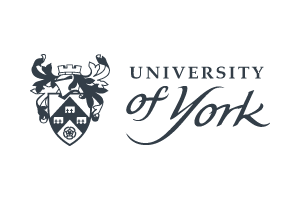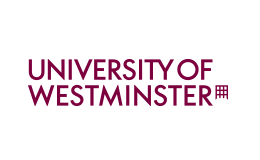Medical Sciences Abroad: A World of Opportunity for Indian Students
Embarking on a journey to study Medical Sciences abroad is a transformative decision, opening doors to cutting-edge research, diverse clinical experiences, and a global perspective on healthcare. For Indian students aspiring to make a significant impact in the medical field, studying abroad offers unparalleled advantages, from advanced curricula to international networking opportunities.
Why Study Medical Sciences Abroad?
The global healthcare landscape is constantly evolving, and studying Medical Sciences abroad provides an excellent platform to be at the forefront of these changes. Here are compelling reasons why this path is increasingly popular among Indian students:
- World-Class Education: Access to top-ranked universities and medical schools known for their innovative teaching methodologies, state-of-the-art facilities, and research excellence.
- Diverse Clinical Exposure: Opportunity to experience different healthcare systems, patient demographics, and medical practices, enriching your clinical skills and understanding.
- Specialization Opportunities: A wider range of specialized courses and research areas not always available domestically, allowing you to tailor your education to your specific interests.
- Global Perspective: Develop a broader understanding of global health challenges, international collaborations, and diverse approaches to medical treatment and public health.
- Enhanced Career Prospects: Graduates with international medical degrees are often highly sought after, possessing a unique blend of academic rigor, adaptability, and cross-cultural communication skills.
- Personal Growth: Living and studying in a new country fosters independence, resilience, and cross-cultural communication skills, invaluable for both personal and professional development.
Popular Study Destinations for Medical Sciences
Several countries are renowned for their excellence in medical education, attracting thousands of international students each year. Here’s a look at some of the top destinations:
United States of America (USA)
The USA boasts some of the world's most prestigious medical schools, offering advanced research opportunities and diverse clinical training environments. The curriculum is rigorous, and the pathway to becoming a licensed physician involves several steps, including the Medical College Admission Test (MCAT) and residency programs. Specializations are extensive, from cardiology to neurosurgery, and research funding is abundant. Many Indian students pursue their MBBS equivalent (MD) after a bachelor's degree.
Key Highlights:
- Leading research institutions
- Diverse clinical settings
- High earning potential post-graduation
United Kingdom (UK)
The UK is a popular choice due to its high-quality education system, globally recognized degrees, and the National Health Service (NHS) which provides excellent clinical training opportunities. UK medical degrees (MBBS or MBChB) are typically 5-6 years long directly after high school. The General Medical Council (GMC) regulates medical education and practice. Many Indian students appreciate the cultural familiarity and the direct entry into medical programs.
Key Highlights:
- Globally recognized degrees
- NHS clinical experience
- Rich history of medical innovation
Canada
Canada offers a high standard of living, excellent healthcare, and world-class medical education. Similar to the USA, most Canadian medical schools require a bachelor's degree for admission, followed by a 3-4 year MD program. The emphasis is on problem-based learning and early clinical exposure. Residency matching is competitive, but the quality of life and opportunities for permanent residency are attractive.
Key Highlights:
- High quality of life
- Research-intensive programs
- Multicultural environment
Germany
Germany is known for its strong emphasis on research and its tuition-free (or very low-fee) public universities, making it an attractive option. Medical degrees (Staatsexamen) are typically 6 years and 3 months long, with a strong focus on practical training. While most programs are taught in German, there are increasing numbers of English-taught master's programs in medical fields. Learning German is often a prerequisite for clinical rotations.
Key Highlights:
- Affordable tuition at public universities
- Strong research focus
- Advanced medical technology
Australia
Australia's medical schools offer a high standard of education, innovative research, and diverse clinical placements, including rural and remote health opportunities. Degrees are typically 5-6 years (undergraduate entry) or 4 years (graduate entry MD). The Australian Medical Council (AMC) regulates medical practice. Its laid-back lifestyle and beautiful environment are added benefits.
Key Highlights:
- High quality of education
- Diverse clinical settings
- Research opportunities in tropical medicine and public health
Other Emerging Destinations
- Ireland: Offers excellent medical programs with strong clinical links.
- New Zealand: High-quality education and a beautiful environment.
- Eastern European Countries (e.g., Poland, Hungary, Czech Republic): Increasingly popular for their affordable tuition fees and recognized medical degrees.
Admission Requirements for Medical Sciences Programs
Admission to medical programs abroad is highly competitive. While specific requirements vary by country and institution, general prerequisites often include:
- Academic Excellence: Strong academic record, especially in science subjects (Physics, Chemistry, Biology) in 10+2.
- Entrance Exams:
- USA & Canada: MCAT (Medical College Admission Test) is usually mandatory for MD programs.
- UK: UCAT (University Clinical Aptitude Test) or BMAT (BioMedical Admissions Test) are often required.
- Australia: UCAT ANZ for undergraduate entry, GAMSAT for graduate entry.
- English Language Proficiency: IELTS or TOEFL scores are required for non-native English speakers.
- Letters of Recommendation (LORs): Academic and sometimes professional references.
- Statement of Purpose (SOP) / Personal Statement: A compelling essay outlining your motivations, experiences, and career aspirations in medicine.
- Interview: Many top medical schools conduct interviews to assess communication skills, empathy, and suitability for the profession.
- Work Experience / Volunteering: Experience in healthcare settings (hospitals, clinics, volunteering) is highly valued.
Curriculum and Specializations
Medical Sciences programs abroad are comprehensive, covering foundational sciences to advanced clinical practice. The curriculum typically includes:
- Anatomy and Physiology
- Biochemistry and Pharmacology
- Pathology and Microbiology
- Clinical Skills and Diagnostics
- Internal Medicine, Surgery, Pediatrics, Obstetrics & Gynecology
- Psychiatry, Public Health, and Ethics
After completing your primary medical degree, you can pursue specializations such as:
| Specialization Area | Examples |
|---|---|
| Clinical Specializations | Cardiology, Neurology, Oncology, Dermatology, Orthopedics, Anesthesiology, Radiology, Ophthalmology, ENT, Gastroenterology, Urology, Nephrology |
| Surgical Specializations | General Surgery, Neurosurgery, Cardiothoracic Surgery, Plastic Surgery |
| Research & Public Health | Epidemiology, Biostatistics, Global Health, Medical Genetics, Immunology, Biomedical Engineering |
Career Opportunities After Studying Medical Sciences Abroad
A degree in Medical Sciences from an international institution opens up a plethora of career pathways, both within India and globally.
- Clinical Practice: Work as a physician, surgeon, or specialist in hospitals, clinics, or private practice.
- Medical Research: Contribute to groundbreaking research in universities, pharmaceutical companies, or research institutions.
- Public Health: Work with governmental or non-governmental organizations to address public health challenges globally.
- Academia: Become a professor or lecturer, shaping the next generation of medical professionals.
- Medical Administration: Take on leadership roles in healthcare management and policy.
- Biotechnology and Pharmaceutical Industry: Roles in drug development, clinical trials, and medical device innovation.
Note: Indian students returning to practice in India will need to clear the Foreign Medical Graduate Examination (FMGE) conducted by the National Medical Commission (NMC) to obtain a license.
Financial Considerations and Scholarships
Studying Medical Sciences abroad can be a significant financial investment. Costs include tuition fees, living expenses, health insurance, and travel. However, numerous scholarships and financial aid options are available for international students:
- University-Specific Scholarships: Many universities offer merit-based scholarships to outstanding international applicants.
- Government Scholarships: Governments of various countries (e.g., Chevening Scholarships for UK, Fulbright Scholarships for USA) offer scholarships for international students.
- External Organizations: Foundations and trusts dedicated to promoting education often provide financial assistance.
- Education Loans: Banks in India offer education loans specifically for students pursuing studies abroad.
Preparing for Your Journey
The path to studying Medical Sciences abroad requires meticulous planning. Here are key steps to consider:
- Research: Thoroughly research universities, programs, and admission requirements in your preferred countries.
- Entrance Exams: Prepare diligently for necessary entrance exams like MCAT, UCAT, or BMAT.
- Language Proficiency: Achieve required scores in IELTS or TOEFL. If studying in a non-English speaking country, consider learning the local language.
- Application Process: Prepare a strong application package, including your SOP, LORs, and academic transcripts.
- Financial Planning: Secure funding through scholarships, loans, or personal savings.
- Visa Application: Understand and fulfill all student visa requirements for your chosen country.
- Pre-Departure: Arrange accommodation, travel insurance, and familiarize yourself with the culture and healthcare system of your destination.
Studying Medical Sciences abroad is an investment in a future filled with intellectual challenge, professional fulfillment, and the immense satisfaction of contributing to human health. With careful planning and dedication, Indian students can successfully navigate this enriching journey and emerge as globally competent medical professionals.

